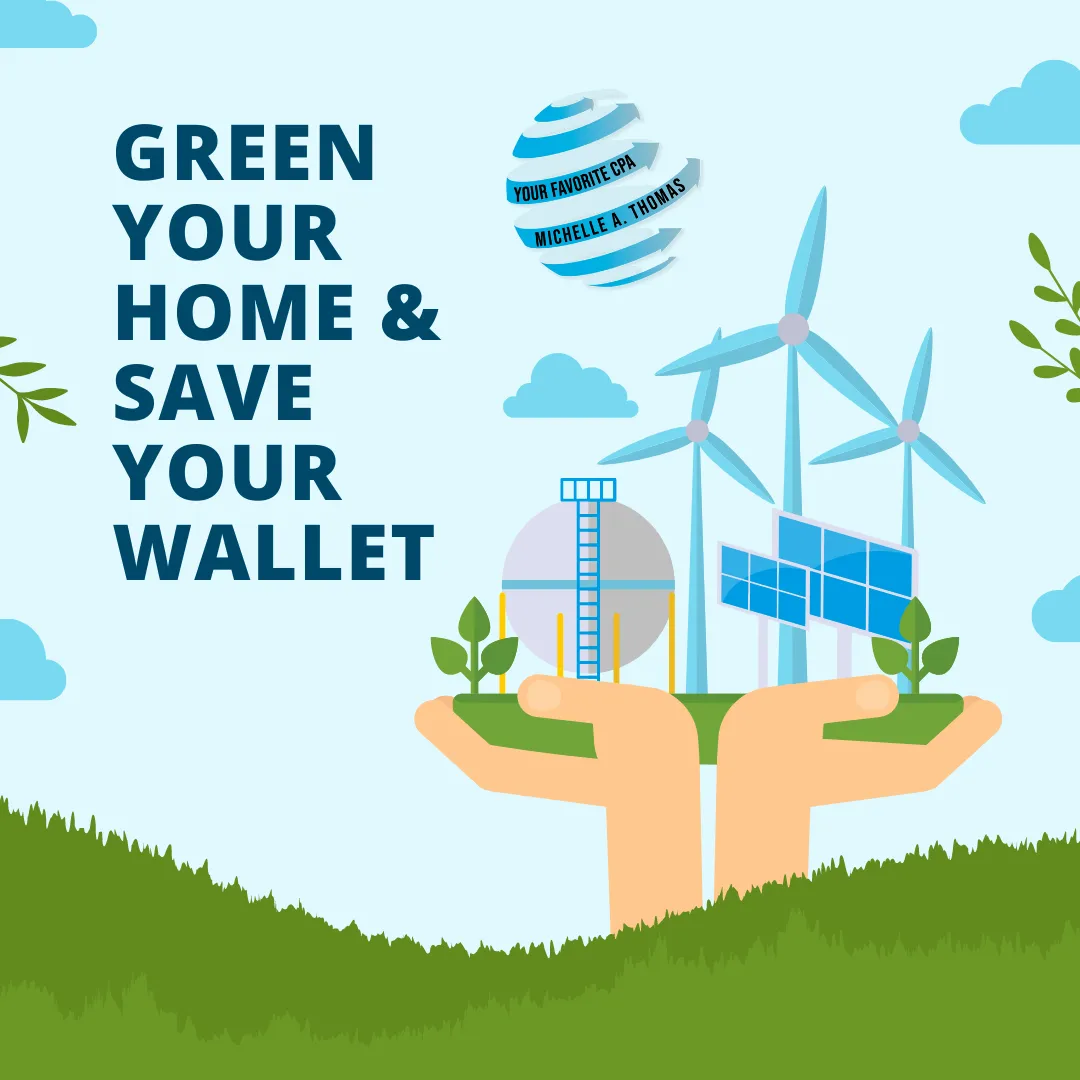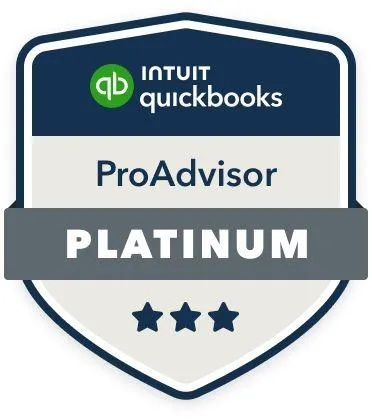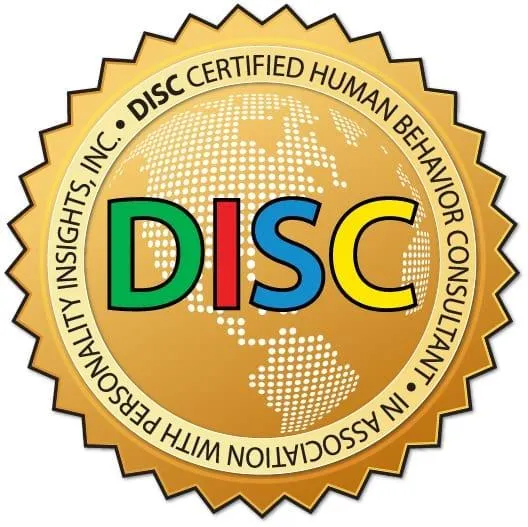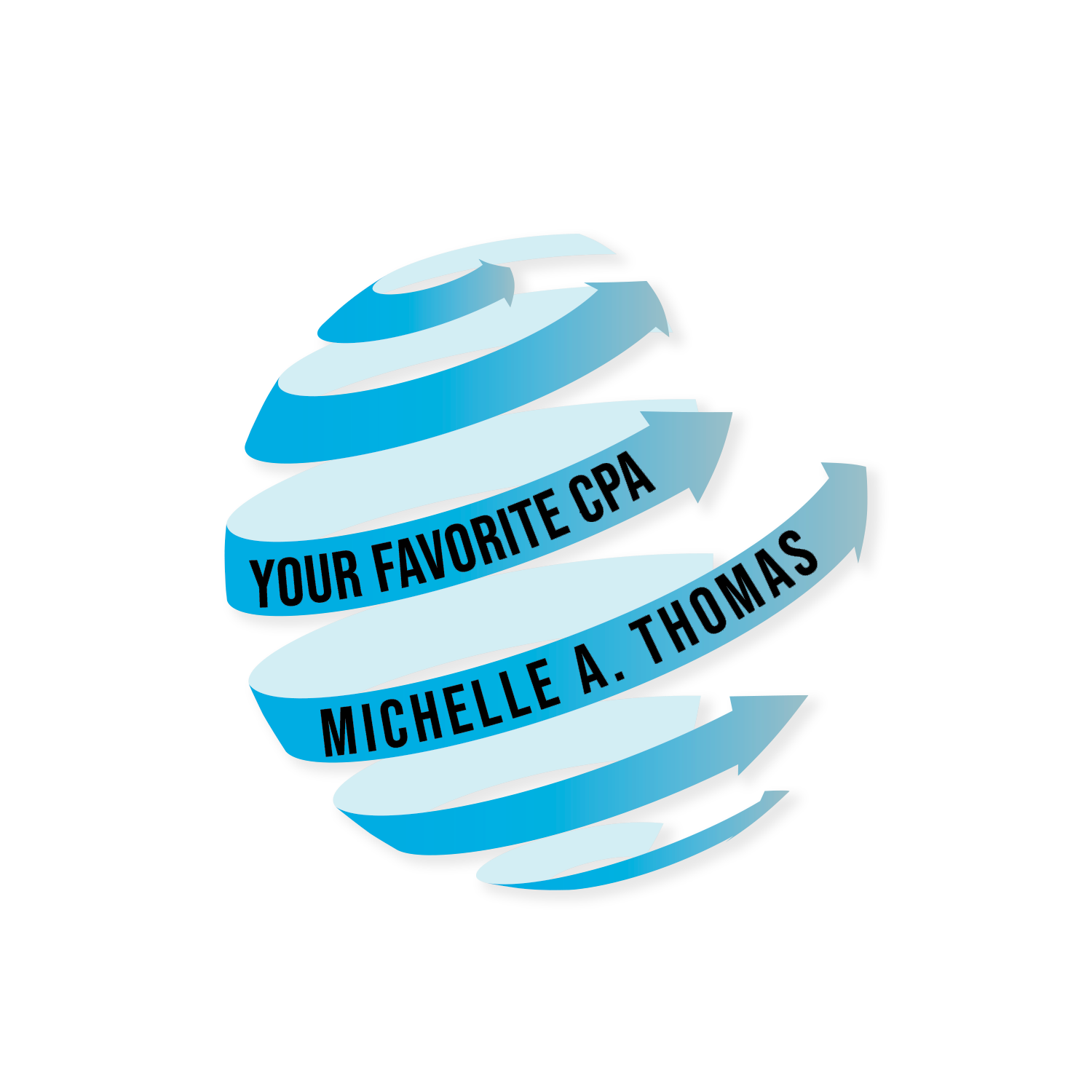Green Your Home, Save Your Wallet: A Guide to Tax Credits & Incentives

The Inflation Reduction Act (IRA) has made it more affordable than ever for homeowners to invest in clean energy and energy-efficient upgrades. With millions of Americans taking advantage of the available tax credits, it's clear that these incentives are driving significant changes in the way we power our homes.
The Impact of the IRA
The IRA extended and expanded existing tax credits for residential clean energy investments and energy-efficient home improvements. This has led to a surge in claims, with taxpayers claiming over $8.4 billion in total credits in 2023 alone.
Key Benefits of Tax Credits
Lower costs: Tax credits can significantly reduce the upfront cost of solar panels, heat pumps, insulation, and other energy-efficient upgrades.
Long-term savings: By investing in clean energy, homeowners can reduce their monthly utility bills and save money over the long term.
Environmental benefits: These upgrades help reduce greenhouse gas emissions and contribute to a more sustainable future.
Popular Upgrades and Tax Credits
Solar panels: Generate your own clean electricity and potentially qualify for a federal tax credit of up to 30%.
Heat pumps: Efficient heating and cooling systems that can also qualify for tax credits.
Insulation and windows: Improve your home's energy efficiency and reduce heating and cooling costs.
Battery storage: Store excess solar energy for use during peak demand or outages.
Who is Eligible?
While the specific eligibility requirements may vary, many homeowners can benefit from these tax credits. Income limits and other factors may apply, so it's important to consult with a tax professional or energy advisor to determine your eligibility.
State-Level Incentives
In addition to federal tax credits, many states offer their own incentives, such as rebates, grants, and tax credits, to encourage the adoption of clean energy. Be sure to check with your state government for specific programs available in your area.
How to Get Started
1) Assess your home's needs: Determine which upgrades would be most beneficial for you based on your energy consumption and goals.
2) Research local incentives: Explore state and local programs that can help offset the cost of your investments.
3) Consult with a professional: Work with a qualified contractor or energy advisor to develop a plan and obtain quotes.
4) File for your tax credit: Once your upgrades are complete, you can claim your tax credit when you file your federal income tax return.
Conclusion
The IRA has made it easier than ever for homeowners to invest in clean energy and energy-efficient upgrades. By taking advantage of available tax credits and incentives, you can save money, reduce your environmental impact, and create a more sustainable home.
Ask a Question




Stay Informed
Let us help put your money back where it belongs!
Get exclusive offers and secrets for cutting your tax and keeping your cash with our tax-filing and planning strategies
Visit our Location
610 Palo Pinto St, Weatherford, TX 76086
Give us a Call
(817) 596-8060
Send us a Message
Extra Navigation
Home
About Us
Tax Services
Free Resources
Book Appointment
Opening Hours
Monday - 9:00 - 5:00
Tuesday - 9:00 - 5:00
Wednesday - 9:00 - 5:00
Thursday - 9:00 - 5:00
Friday - By Appt Only
Saturday & Sunday - CLOSED
